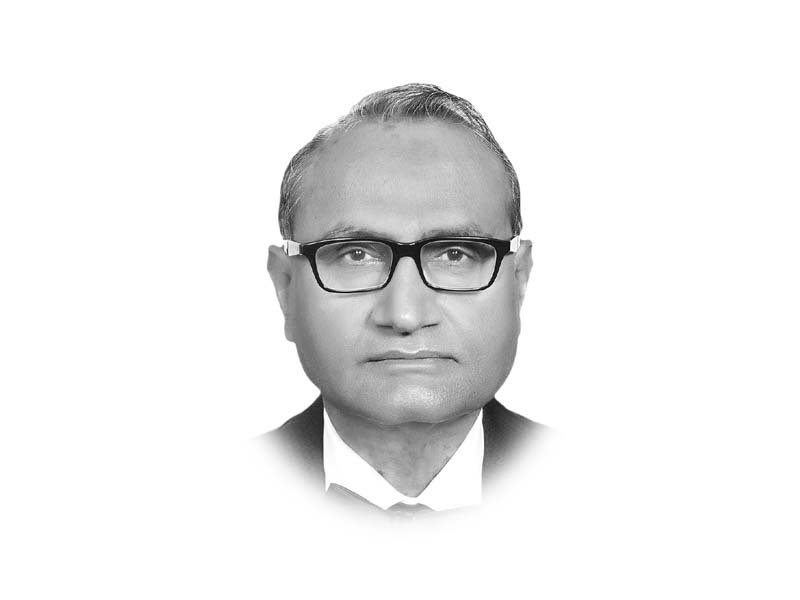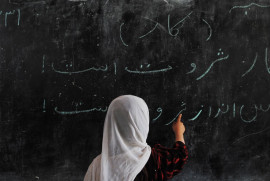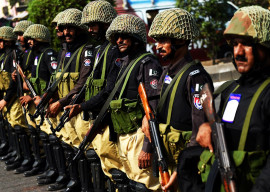
The first question is whether education is the major head of expenditure in the budget. In the latest budget, the total allocation for education is Rs168.1 billion. It is 27.9 per cent of the entire budget, making it the largest single item of expenditure in the budget. In the budget for 2016-17, the total allocation for education was Rs143.4 billion. There was thus an increase of 17.2 per cent. This increase maintained the role of education as the largest claimant on the budget. However, the increase is not enough to maintain the last year’s share of education, which was higher at 28.4 per cent. An obvious explanation is that while the total budget has increased by 19.4 per cent, the education expenditure increased by 17.2 per cent. So the first point to note is that the relative share of education in the budget has declined by half a percentage. At a time when the talk is about declaring an educational emergency, even a small decline is not inconsequential.
Second, instead of a budget-to-budget comparison, it would be more realistic to compare the revised estimates of 2016-17 with the budget estimates of 2017-18. In the former, the revised estimate of the total expenditure exceeded the budget estimate by 2.4 per cent. In arriving at the revised estimate for education, there is one problem. While the revised figures are available for the expenditure incurred by the provincial departments concerned with education, the revised figure for the money transferred to the local governments for education — the largest component in the education budget — is not available. Assuming the budgeted amount of Rs99 billion for the local governments to be the revised figure, the revised expenditure on education as a whole exceeded the budget in 2016-17 by 2.2 per cent. The share of education in the revised budget is also 28.4 per cent. Clearly, the share of education in total expenditure in the budget for 2017-18 is less than the share in the revised budget as well, despite an increased allocation of Rs111.4 billion to local bodies.
Last, but not the least, priorities within the education sector are important. The K-P government recognises primary education as top priority. That is why it carried out “Out of School Children Survey,” launched two enrolment campaigns and is introducing interventions like the girls’ community schools and education vouchers. Universal enrolment is a constitutional obligation. The policy setting in citizens’ budget is “free education for all children between the ages of five-16.” It requires “allocation of more resources in the budget proposal for primary education.” As a matter of fact, the increase for primary education is around 11 per cent, while the increase for tertiary education is 94 per cent.
Published in The Express Tribune, June 24th, 2017.
Like Opinion & Editorial on Facebook, follow @ETOpEd on Twitter to receive all updates on all our daily pieces.












































COMMENTS
Comments are moderated and generally will be posted if they are on-topic and not abusive.
For more information, please see our Comments FAQ